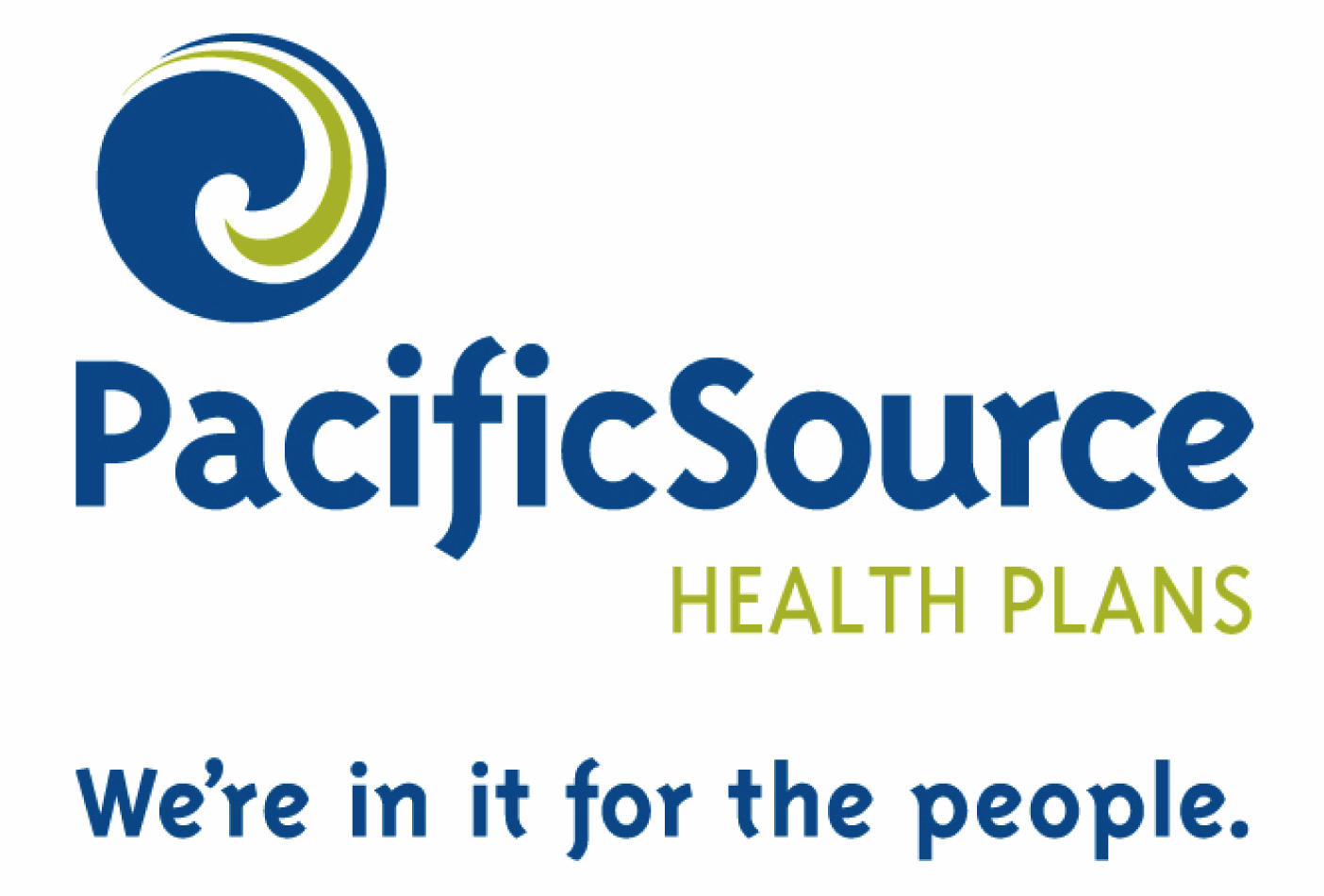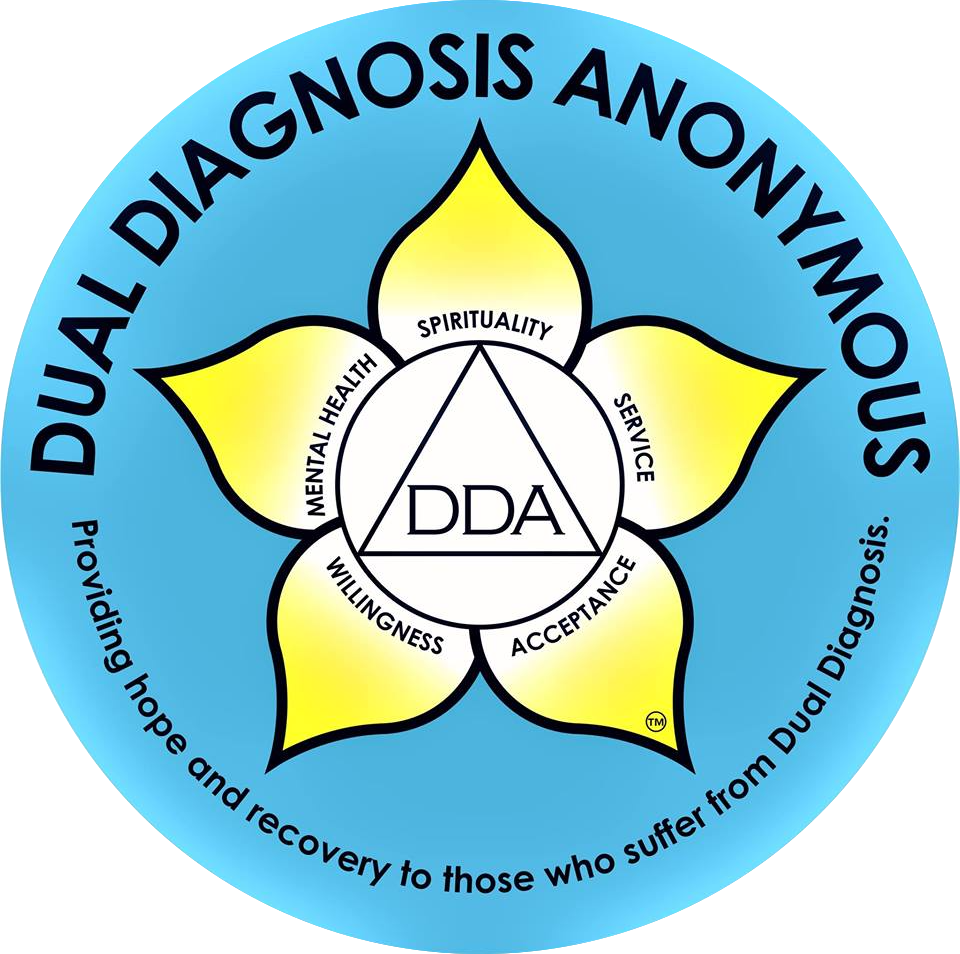As part of the “Unboxed” series on the business page, Janet Rae-Dupree reports in the New York Times on how “disruptive innovation” might look when applied to health care.
Here’s an excerpt:
The health care system in America is on life support. It costs too much and saps economic vitality, achieves far too little return on investment and isn’t distributed equitably. As the Obama administration tries to diagnose and treat what ails the system, however, reformers shouldn’t be worried only about how to pay for it.
Two main causes of the system’s ills are century-old business models, for the general hospital and the physician’s practice, both of which are based on treating illness, not promoting wellness. Hospitals and doctors are paid by insurers and the government for the health care equivalent of piecework: hospitals profit from full beds and doctors profit from repeat visits. There is no financial incentive to keep patients healthy.
“The business models were all created decades ago, and acute disease drove those costs at the time,” says Steve Wunker, a senior partner at the consulting firm Innosight. “Most businesses in this industry are looking at their business model as entirely immutable. They’re looking for innovative offerings that fit this frozen model.”
Advances in technology and medical research are making it possible to envision an entirely new health care system that provides more individualized care without necessarily increasing costs, some health care experts say.
For instance, genetic breakthroughs have helped reveal time and again that what we thought was one disease — Type 2 diabetes, for instance — actually represents a score or more of distinct illnesses, each of which responds best to a different type of therapy, according to medical professionals.
As researchers develop ways to define diagnoses more precisely, more effective treatments can be prescribed, says Matthew Holt, founder of the Health Care Blog and co-founder of the biannual conference Health 2.0. Ultimately, those therapies can be administered by nurse practitioners or others trained to handle routine ailments. The expensive “intuitive medicine” practiced by doctors trained to wade through a thicket of mysterious symptoms in search of an accurate diagnosis can then focus on those cases that truly require their services.
Using innovation management models previously applied to other industries, Clayton M. Christensen, a Harvard Business School professor, argues in “The Innovator’s Prescription” that the concepts behind “disruptive innovation” can reinvent health care. The term “disruptive innovation,” which he introduced in 2003, refers to an unexpected new offering that through price or quality improvements turns a market on its head.
Disruptive innovators in health care aim to shape a new system that provides a continuum of care focused on each individual patient’s needs, instead of focusing on crises. Mr. Christensen and his co-authors argue that by putting the financial interests of hospitals and doctors at the center, the current system gives routine illnesses with proven therapies the same intensive and costly specialized care that more complicated cases require.
“Health care hasn’t become affordable,” he said in an interview, “because it hasn’t yet gone through disruptive decentralization.”
It’s coming, though. Some health care suppliers have set up fixed-fee integrated systems, and accept monthly payments from members in exchange for a promise of cradle-to-grave health care. Each usually also charges a small co-payment for treatment. Routine cases are handled through lower-cost facilities, leaving more complicated cases to higher-cost hospitals and specialists. Such systems include Kaiser Permanente, Intermountain Healthcare in Utah, the Mayo Clinic, the Geisinger Health System in Pennsylvania and the Veterans Health Administration.
By creating a continuum of care that follows patients wherever they go within an integrated system, says the Princeton University economist Uwe Reinhardt, care providers can stay on top of what preventive measures and therapies are most effective. Tests aren’t needlessly duplicated, competing medications aren’t prescribed by different doctors, and everyone knows what therapies a patient has received. As a result, integrated systems like Kaiser’s provide 22 percent greater cost efficiency than competing systems, according to a 2007 study by Hewitt Associates.
Kaiser’s system, in particular, has proved the benefits of an integrated system, Mr. Reinhardt says. “It is much cheaper than pay-for-service systems, because they have absolutely no incentive to overtreat you, but they have every incentive to keep you healthy,” he says. “Kaiser still makes mistakes — any large system does — but their facilities always come out ahead in every service quality survey I’ve reviewed.”
At Kaiser, experimentation with new technologies and business models occurs at the Sidney R. Garfield Health Care Innovation Center in San Leandro, Calif. Kaiser opened the facility in 2006 to test such new technologies as a videoconferencing system linking health care professionals to patients in their homes. Another is a laser-projected keyboard to prevent the spread of germs via computer equipment.
The Stanford economist Alain C. Enthoven, who has been studying the nation’s health care system for more than 30 years, said integrated systems “are the disruptive innovation we need to turn loose on the rest of America.” In a recent report for the Committee for Economic Development, Mr. Enthoven advocates letting consumers choose between traditional fee-for-service plans and less expensive integrated systems, then letting consumers pocket the difference in premiums. “Medicine is a complicated team sport,” he notes. “It takes an integrated system to keep the patient at the center of it.”
DR. JOHN H. COCHRAN, who as executive director of the Permanente Foundation is the highest-ranking physician among Kaiser’s 14,000-plus doctors, says information technology will play a crucial role in revolutionizing the country’s health care system.
“There’s a mythology that I.T. decreases the personal relationship between the physician and the patient,” he said. “In point of fact, it enhances it.”
Bringing business school concepts to bear on health care simply makes sense, Dr. Cochran says.
“We have a financial, macroeconomic, multinational crisis right now that can be paralytic or catalytic,” he said. “Let’s make sure we’re a catalyst.”
Read the whole story, with photos, here.










Recent Comments